Large diameter holes in the PCB with individual socket pins inserted into each, then soldered. (Either press-fit by an auto-insert machine or held together with a temporary carrier or substrate, removed after soldering. I remember seeing them on a flexible plastic strip, at 0.1 inch pitch). Essentially they use the PCB itself as the body of the IC socket.
As to why? ...
why a socket? To facilitate replacing an unusually expensive IC (look at that gold/ceramic package!) without the possible damage from soldering. Either the IC was highly stressed and could overheat, or it was unusually performance critical (matched transistors) and could drift as it aged.
why flush mount? Possibly for best HF performance : most application areas didn't pay that much attention to lead inductance or capacitance back then, but certain parts of an oscilloscope are more critical than most areas. Less likely: to keep the assembly height down!
